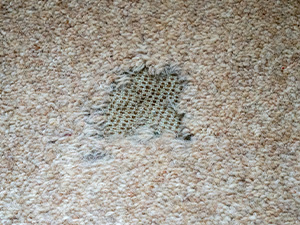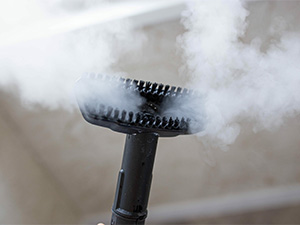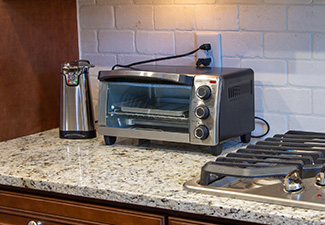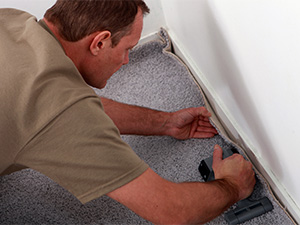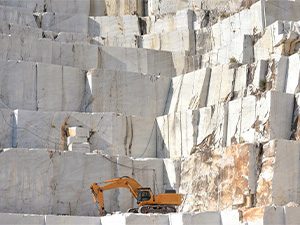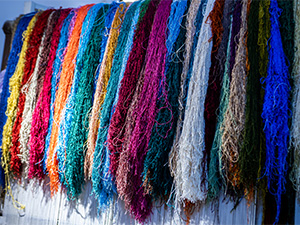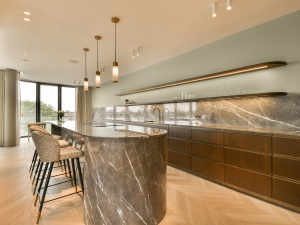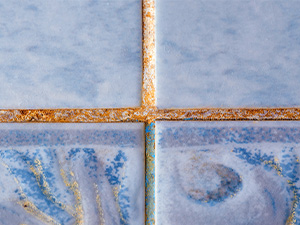As carpet cleaning professionals, when our customers ask questions, cleaning related or not, we try to answer, using all our carpet knowledge, gained from years of experience. Lately, a hot topic seems to be damaged (torn) carpet and what can be done to fix it and prevent it in the future. So, we thought we might give you some hints and tips on this issue.
Discovering a tear or hole in your carpet can be alarming, especially if it’s in a highly visible area. Whether it’s due to accidental damage, pet claws, or general wear and tear, dealing with the damage promptly can prevent it from worsening and prolong the lifespan of your carpet. Here’s what you can do if you find a tear or hole in your carpet:
- Determine the Damage: Before taking any action, carefully examine the extent of the damage. Is it a small tear or a larger hole? Understanding the severity will help decide the proper repair method.
- Trim Loose Fibers: If the tear has resulted in loose fibers sticking out, carefully trim them with scissors to prevent further unraveling. Be cautious not to cut too close to the carpet backing, as this could weaken the structure.
- Save Excess Material: If you have any leftover carpet from the original installation, save it for repairs. Having matching material on hand will ensure a seamless repair job.
- Patch the Area: For small tears or holes, consider patching the damaged area using a piece of matching carpet. Cut a patch slightly larger than the damaged area and carefully insert it into place. Use carpet adhesive or double-sided carpet tape to secure the patch in position.
FYI: If you use leftover carpet from the original installation, it may not match 100% in the beginning. It will be bright and new, while the surrounding carpet isn’t. There are 2 things to help combat this: wait for the patched area to get some wear and tear on it, or get your carpet cleaned so it more closely matches the patch.)
- Use a Repair Kit: Many hardware stores offer carpet repair kits having all the necessary tools and materials for DIY repairs. These kits typically include adhesive, a seam roller, and patching material, making it easier to mend minor carpet damage.
- Seek Professional Help: If the damage is extensive or if you’re unsure about tackling the repair yourself, it’s best to seek assistance from a professional carpet repair technician. They have the ability and specialized equipment to seamlessly repair tears, holes, and other carpet imperfections.
- Consider Replacement: In cases where the damage is extensive or if your carpet is nearing the end of its lifespan, replacement may be the most practical solution. Consult with a carpet installer to explore replacement options that best suit your needs and budget.
- Prevent Future Damage: Once the repair is complete or if you opt for replacement, take proactive measures to prevent future damage. Trim pet nails regularly, avoid dragging heavy furniture across the carpet, and use protective pads underneath furniture legs to distribute weight evenly.
By dealing with tears and holes in your carpet promptly, you can restore its appearance and functionality, ensuring years of enjoyment and comfort in your home.
By Sharon Koehler. This article is one of a series of articles written and published on behalf of Surface Care PRO Partners.

